Fibonacci in Nature
As it turns out, the numbers in the Fibonacci sequence appear in nature very frequently. The number of petals on a flower, for instance, is usually a Fibonacci number. For example, there’s the classic five-petal flower:
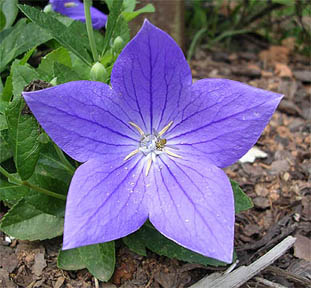
But that’s just the tip of the iceberg! Try counting the petals on each of these!
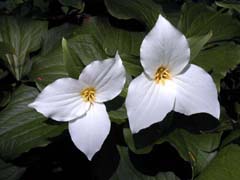

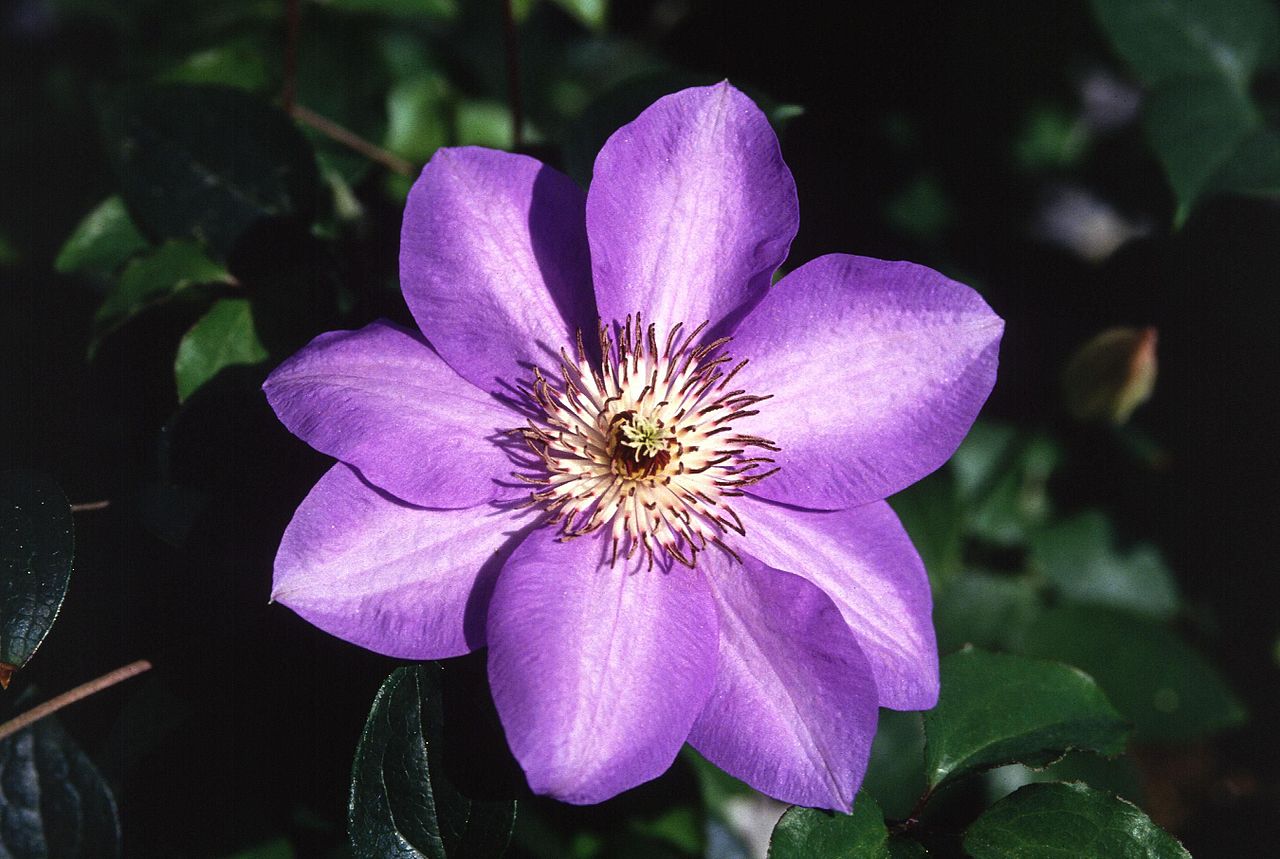
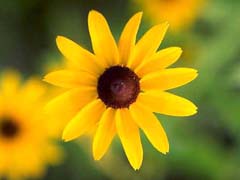

Here’s a different kind of Fibonacci flower:
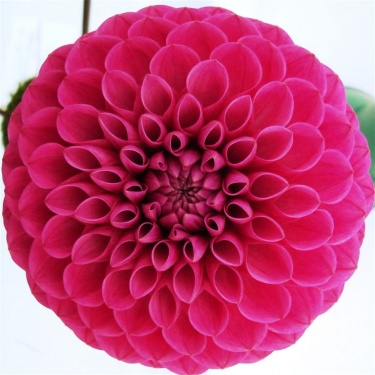
No, don’t start counting all the petals on that one! What we’re looking at here is a deeper Fibonacci pattern: spirals.
We can see two kinds of spirals here. (One of each is highlighted below.) Try counting how many of each spiral are in the flower – if you’re careful, you’ll find that there are 8 in one direction and 13 in the other.
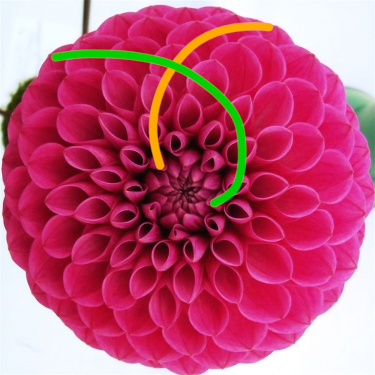
See if you can find the spirals in this one!
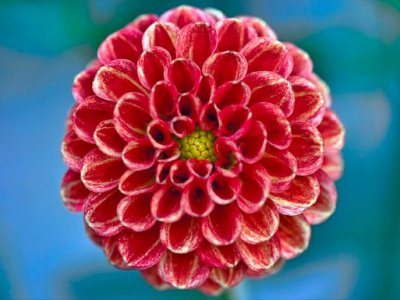
Fibonacci spirals aren’t just for flower petals. Check out the seed head of this sunflower:
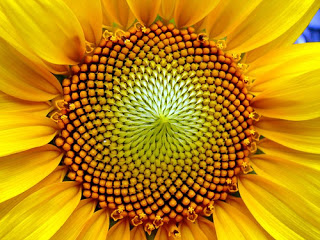
If you’re feeling intrepid, count the spirals on that one and see what you get!
This spiraling pattern isn’t just for flowers, either. Fibonacci can also be found in pinecones.
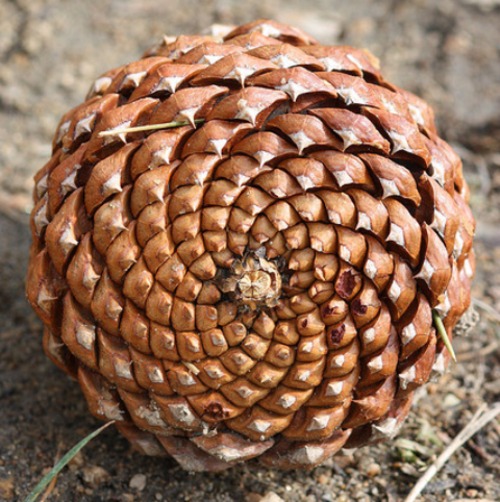
You can find more examples around your kitchen! Pineapples and artichokes also exhibit this spiral pattern. Broccoli and cauliflower do, too, though it’s harder to see.
There’s a vegetable called the romanesco, closely related to broccoli, that has some pretty stunning spirals.
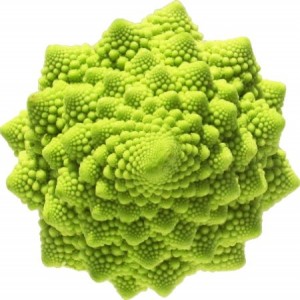
And there’s more! Not only do the bumps form spirals, but if we look closely…
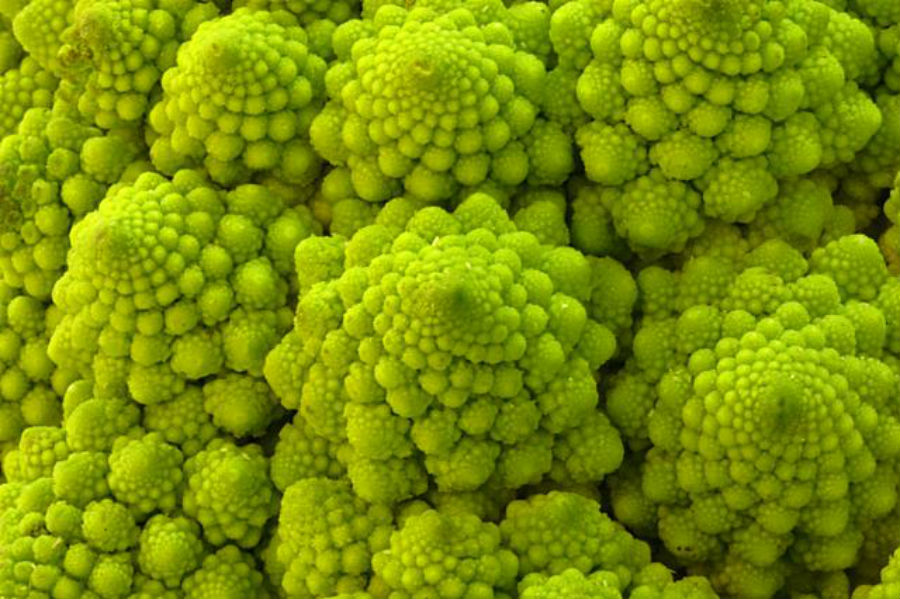
… we see that each bump has bumps that form spirals, and each of those little bumps has bumps that form spirals! Hm, sounds like a fractal…
There are more examples of Fibonacci numbers in nature that we haven’t covered here. See how many more examples of Fibonacci numbers you can find the next time you go for a walk in the park or visit the produce section in the grocery store!
